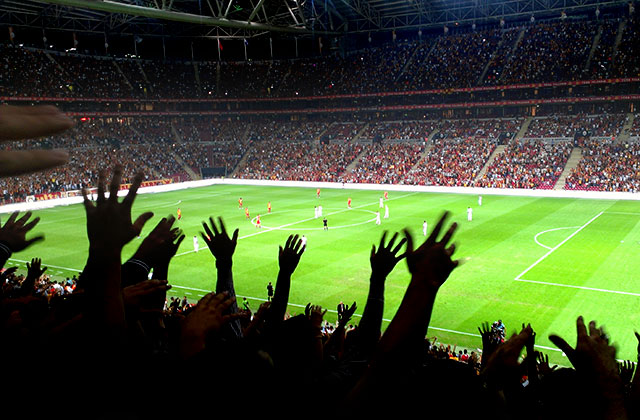Today sees us play a side from a town that is much more well known for its racecourse than its football club. Prestbury Park just outside Cheltenham being the home of National Hunt racing throughout the winter months in this country. Of the 56 racecourses in England and Wales only 11 have Football League, or Premier League clubs in the same town or city, Newcastle are the only Premier League club, while Nottingham is the only city to have two clubs and a racecourse. The other eight towns or cities being last week's opponents Brighton, Carlisle, Chester, Doncaster, Exeter, Hereford, Leicester and Wolverhampton. York being the only other city to have an active racecourse and a former Football League club. Lincoln used to have a racecourse but that was closed down in 1965, the Lincoln Handicap being moved to Doncaster in the same year, although Lincoln Council are backing an ambitious plan to reopen the course by 2013. Doncaster seem to be the lucky recipients all round as they were also handed the final flat fixture of the season after Manchester racecourse, which was located in Salford, shut down in 1963. To my knowledge the final former racecourse/Football League club city being Birmingham. The course at Bromford lasted 100 years between 1865 and 1965 and in the midst of the present housing estate beside the M6 children play on the old parade ring, with its crazy paving a legacy of the war years. Racecourses aren't the only sporting venue that many Football League and Premier clubs also have. Top level rugby league clubs being the obvious example and it is some of those rugby league clubs that have enabled a few teams to really progress in the last few years. Hull City, Wigan Athletic, Doncaster Rovers, Huddersfield Town and Swansea City all having had stadiums built in the last 15 years or so with the intention of them being shared between a football club and a rugby club. Brunton Park certainly has its attractive features and is something different in today's world of modern concrete bowls as football stadiums. But watching some behind the scenes footage of Hull City's KC Stadium last Sunday afternoon certainly brought home the fact that we are falling well behind some teams as far as stadia is concerned. The camera shots, as manager Phil Brown was interviewed, showing tremendous modern facilities as far as physiotherapy and massage rooms are concerned. The matchday money that some of these clubs that will take compared to us will, I would guess, be astronomical. The current capacity of the KC Stadium is 25,404 all-seated and corporate hospitality is provided by 28 executive boxes located between the two tiers of the deVries Honda West Stand. The stadium complex also includes the 1,500 seat Gemtec Arena, a skate park, two multi-use all weather pitches, a community learning zone complete with classrooms, a health & fitness suite, a cyber cafe, and a library. Meanwhile we make do with Brunton Park. But those are the cards you are dealt with if your football club is in a city with no, or extremely little chance, of having a top-flight rugby league or rugby union side to help share the costs and the use of a new stadium. The commercial people at Carlisle United doing as much as they can at the club at the moment, despite not being able to work with the best of tools compared to some other football clubs. Hull, as a football club, were in a fortunate situation in two circumstances, firstly that they have a top-flight rugby league club, and then secondly that funds to finance the KC Stadium only became available when the city council sold a portion of its holdings in Kingston Communications. The council provided most of the funds, at more than £42 million, with the rest stemming from government single regeneration budget grants and from the Football Stadium Improvement Fund. Swansea are the other club like Hull, but unlike the financially backed Wigan, to have benefited from moving to a brand new football/rugby stadium. The 20,532 capacity stadium reputedly cost £27 million to be build, some of the cost of that coming from the 355,000ft retail park built on land to the east of the river, with Swansea City Council involved from start to finish. So while we all love Brunton Park as our home and a ground that is something different these days, you are forced to wonder how much longer we can afford to stay here while other clubs get better facilities. Let's just hope that if we do ever move in the long-term future a new stadium will at least be interesting architecturally and not just four stands that all look the same. |
